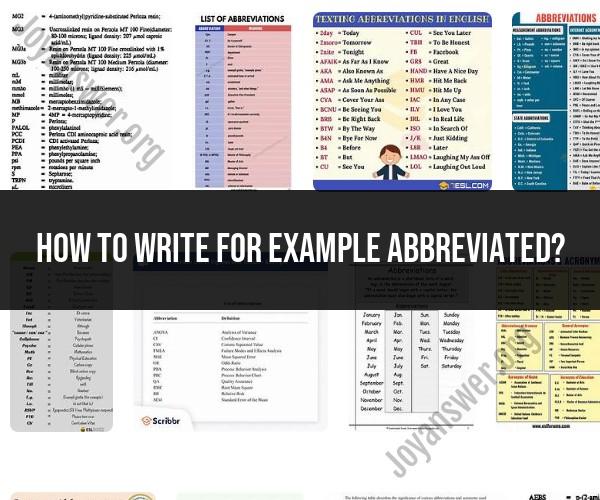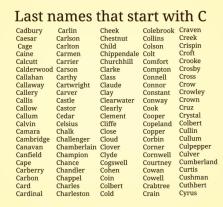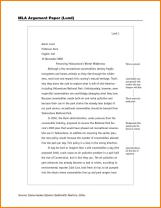How to write for example abbreviated?
The abbreviation for "for example" is "e.g." This is a Latin abbreviation that stands for "exempli gratia." It is commonly used to introduce an example or a list of examples in a sentence. Here are some tips on how to use "e.g." correctly:
Placement: Place "e.g." before the examples you want to provide. It should be followed by a comma, and then the examples should follow. For example: "There are various outdoor activities to enjoy, e.g., hiking, biking, and swimming."
Punctuation: Always use a comma after "e.g." to separate it from the examples. Additionally, use commas to separate multiple examples within the list.
Italics: Some style guides recommend using italics for Latin abbreviations like "e.g." Italicizing "e.g." can make it stand out and is a common practice in academic writing.
Spacing: There should be no space between "e.g." and the following comma or the examples. It should be "e.g.," not "e.g. ,"
Usage: "E.g." is typically used when you want to provide examples but not an exhaustive list. It implies that the examples given are representative but not the only possibilities.
Capitalization: "E.g." is usually written in lowercase letters with periods. It is not capitalized unless it begins a sentence.
Here are a few more examples of how to use "e.g." correctly:
- "I enjoy various genres of music, e.g., classical, jazz, and rock."
- "The museum features artwork from different time periods, e.g., the Renaissance, Baroque, and Modern periods."
- "There are many ways to stay active, e.g., running, yoga, and playing sports."
Using "e.g." can help clarify your writing by providing concrete examples to illustrate a point or concept.












